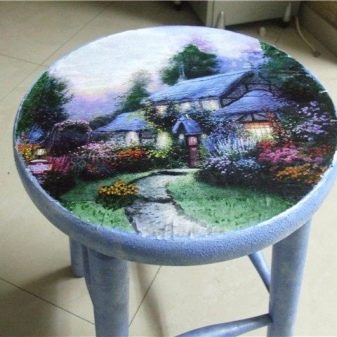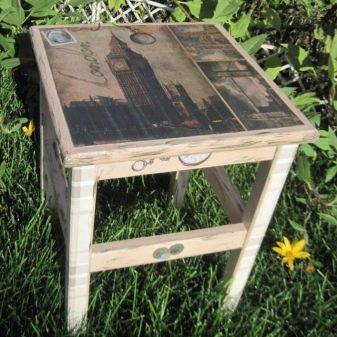DIY decoupage of a chair and stool
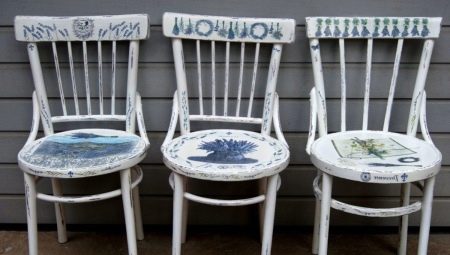
In the attic or basement, there is always some old unnecessary furniture, such as wooden stools or chairs. For various reasons, sometimes you don't want to throw these items away. But you can give an old chair a new lease of life with a modern touch.
This can be done using the decoupage technique.
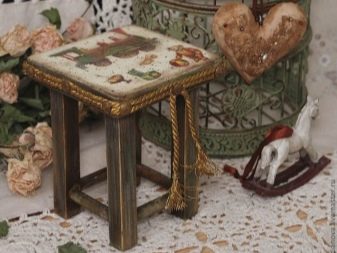
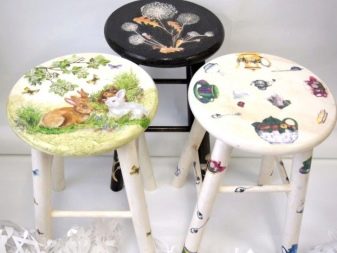
Step-by-step instruction
Let's consider step by step how you can transform furniture from the attic using the example of a chair and stool using decoupage.
Stool
Let's take a closer look at the update of the wooden stool.
Grinding
Start by removing the old paintwork. Try to use a sander first. Hard-to-reach areas should be manually cleaned with sandpaper. Using a small cutter, you can get rid of the paint in the gaps.
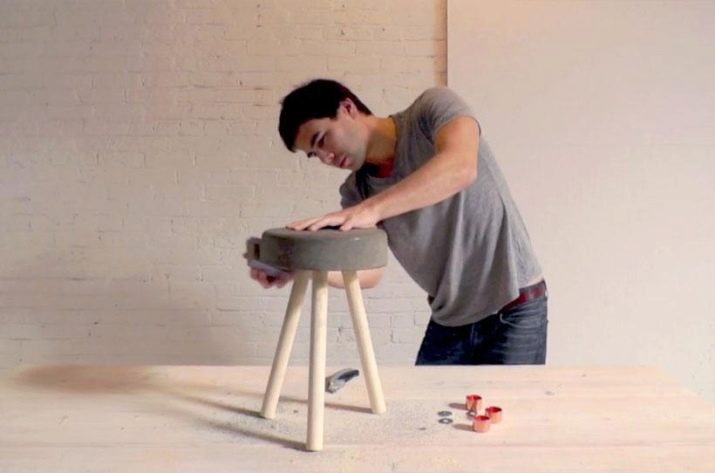
Seat painting
Paint the stool seat white.
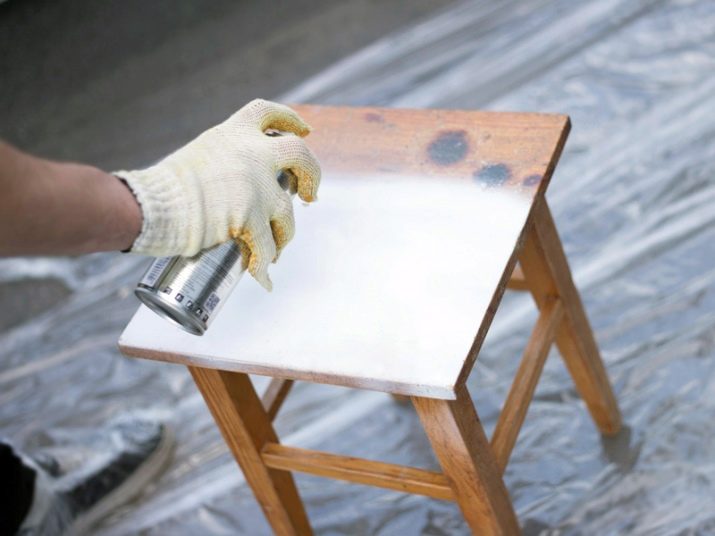
Seat trim
Cut the napkin at the corners and remove any excess napkin layers.
Lubricate the seat with decoupage glue and carefully glue the napkin. It is necessary to smooth it so that there are no wrinkles. Then apply a minimum of 2 coats of lacquer to the seat.
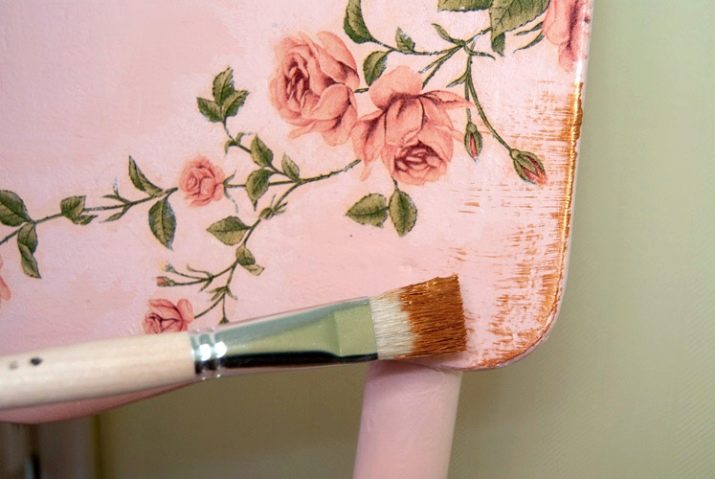
Painting other elements
The legs of the stool should be protected with clean wax, which will beautifully highlight the structure of the wood without changing color.
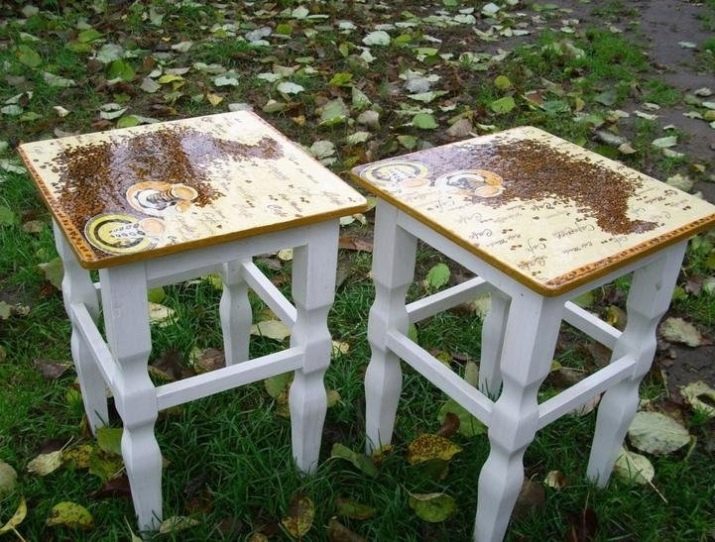
Chair
For decoupage chairs with pure wooden seats, the same materials and technologies are used as for stools. Decoupage cards and napkins are used as a drawing.
It will take more time and materials to upgrade chairs with upholstered seat. In this case, a decoupage pattern applied to the fabric is more suitable.
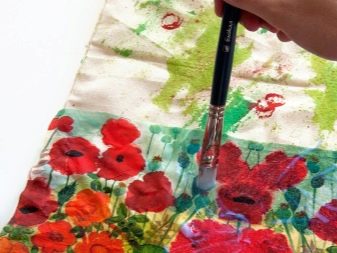
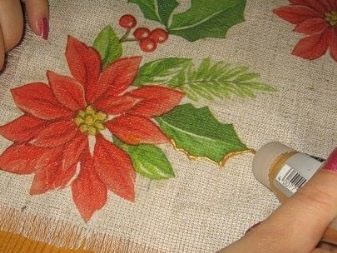
The whole process consists of several stages.
- Clean all surfaces, remove unnecessary nails or screws. Metallic (often rusty) elements are removed with a nailer or pliers. In this step, we also remove the old chair upholstery - take out the rusty staples and carefully remove the top fabric. We check the condition of the seats and assess what needs to be replaced.
- Most often, if the chair is only a few decades old, we we replace the old batting with new foam rubber, cut to fit the seat. It is important to choose similar fittings if, in addition to their technical function, they were decorative elements. It is best to buy it from a specialized upholstery shop, bringing the original as a model.
- After removing the upholstery fabric, you need to take care of the wooden structure. To effectively and at the same time carefully clean the top layer of a wooden chair (most susceptible to contamination and damage), we need a solution of white spirit (500 ml) and denatured alcohol (250 ml). After dampening a cloth (lint-free) with the solution, carefully wipe the wooden chair frame to remove any dirt and wax build-up. If the piece of furniture has been varnished, it is best to remove the top coat with a scraper so that a new varnish of the selected color can be applied to the cleaned wood.
- Under the upholstery, we will see all the damage to the old chair. It is always necessary to strengthen and glue wooden structures at the joints: legs, backs and others... Usually, parts of the chair are glued with resin glue so that in case of possible restoration errors, our activity is completely reversible. Then the antique chair will not lose its original shape. This glue is ideal for this operation. However, the procedure requires a long drying time (at least 12 hours) and high precision during application (the glue cools quickly; it must be heated and then used before it cools down). Apply the adhesive with a syringe to the joints of the furniture. Secure with a clamp until the glue dries.
- After removing the top layer of varnish from the chair, apply the polish to the untreated wood. It is a lengthy process that takes about two days, but the effect is worth it. If you don't want to wait long, cover the wood with varnish or paint of the chosen color. Alternatively, protect the item with wood furniture wax.
- We apply varnish in thin layers. Leave each layer to dry for 2-3 hours. The more layers of varnish we manage to apply, the more beautiful and reliable the texture of the picture will be.
- Let's move on to the final stage - creating new upholstery. Before replacing the foam, take care of the seat base first. This is usually a wooden seat. But there may also be a braid made of upholstery tape.
- In the second case, we cut the tape into 3-4 sections, laid crosswise, depending on the width of the seat. Then we fix the tapes with a furniture stapler on a wooden frame at both ends. Next, we connect the sections of the upholstery tape so that we get two layers of material. The stripes should be intertwined with each other in such a way as to form a "checkerboard". We fasten the edges with a stapler for upholstery.
- On the base prepared in this way, place a soft sponge, batting or natural filling (seagrass, bristles, coconut fibers). However, keep in mind that natural seat filling is recommended in the case of antiques. And then additional procedures may be required. For ordinary needs, the safest filling will be foam rubber (sponge).
- The sponge, cut to fit the seat, is covered with the chosen decoupage material. Lighter decoupage fabrics will look better as they reduce wrinkles on the item being used. Make sure the fabric is snug and gradually press it against the surface of your chair or stool. Be sure to smooth out the fabric you are using before adding the glue to avoid wrinkles. Add glue to the fabric and let it dry.After drying, add more adhesive to seal the structure. Be sure to apply acrylic sealant to protect your refurbished furniture.
- Attach the decoupage-covered sponge to the seat and mask the visible stitching with decorative upholstery tape, secured with fabric glue or decorative upholstery pins.
A master class on decoupage of a chair is presented in the following video:
Materials (edit)
You can use different materials for decoupage.
Paper
You can use almost any type of paper. The type of paper you use will depend largely on the project you are creating. For items that will be used more often, it is better to use more durable paper, such as images from magazines or your own photographs. For the highchair, you can use images of cartoon characters.
- To attach your own photographs to a project, simply use the photo as you would regular paper. And then add more polish on top to even out and protect the image.
- Use decoupage sets... They come in soft, flexible, thin and lightweight, with many stylish designs.
- Quite often, paper napkins are used. Because this paper is lighter than regular paper, it can bend easily at corners and is less likely to bubble. Its translucent surface may well pass for painting, unlike other types of paper. Cut out the design before taking apart the layers of napkins. And then use one layer for decoupage.
- You can also use decoupage to transfer the photo to another surface. When printing with photos, make sure they are from a laser and not an inkjet printer, as the photo from an inkjet printer may bleed during use.


Textile
If you have unnecessary beautiful fabrics in the house, you can decoupage not only upholstered furniture, but also stairs, cabinets and other household items.
Fabrics are much stronger than paper, which means they are more durable.
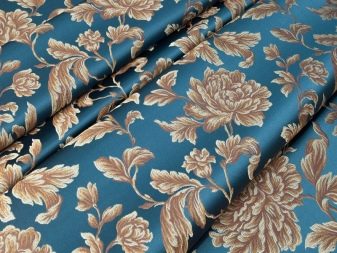
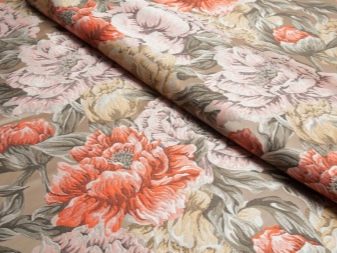
Instruments
To facilitate decoupage, you can use:
- scissors for scrapbooking - make it easier to cut intricate patterns;
- Styrofoam brushes - useful for applying decoupage finishes, they are easier to clean than regular brushes;
- stationery knife - allows you to leave more even edges when cutting;
- special glazes - create brighter colors, help to create interesting shapes;
- roller applicator - use for a more even coverage, especially on large surfaces.
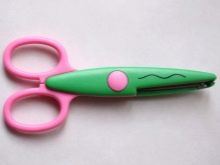


Secrets of the master class
And a few more tips from the masters.
- Use die cutsto create intricate designs with less labor. This technique is great for people who are just getting started with decoupage or for those with a special design.
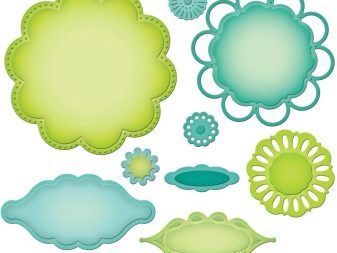
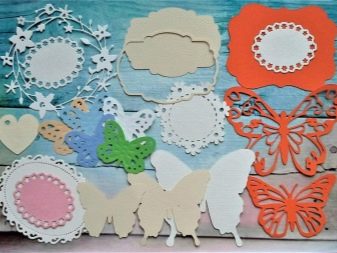
- You can level the surfaces with your hands. If you are worried about fingerprints on your project, use gloves.
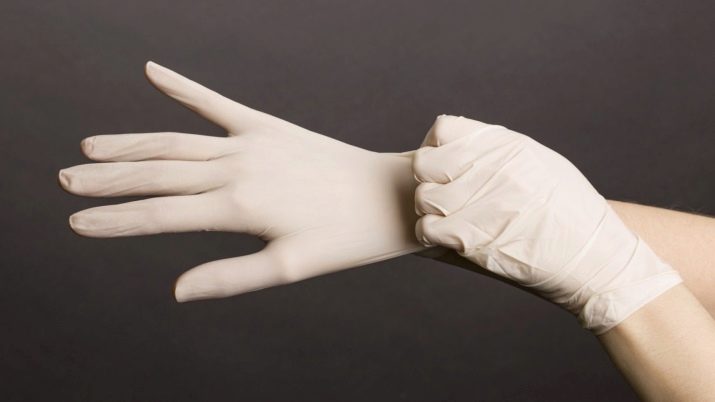
- Great for decoupage using glue with glitter, sand or other suspensions.

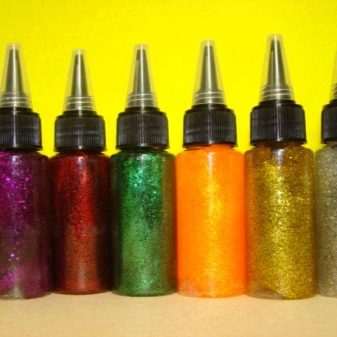
- For large surfaces, it is better to use heavier paper. To make the paper fold easily, immerse it in water and hold it until it becomes pliable. Stick on the paper and let it dry. After drying, apply the varnish to the furniture. You can use 3 to 5 coats to ensure a solid finish. Apply sealant and polyurethane to fully protect your furniture.
